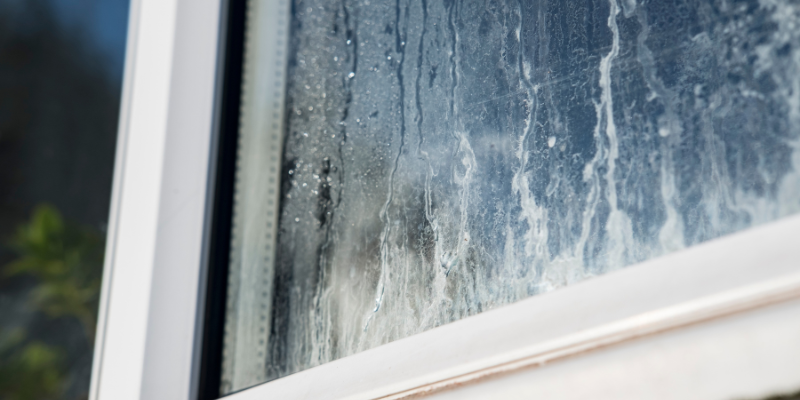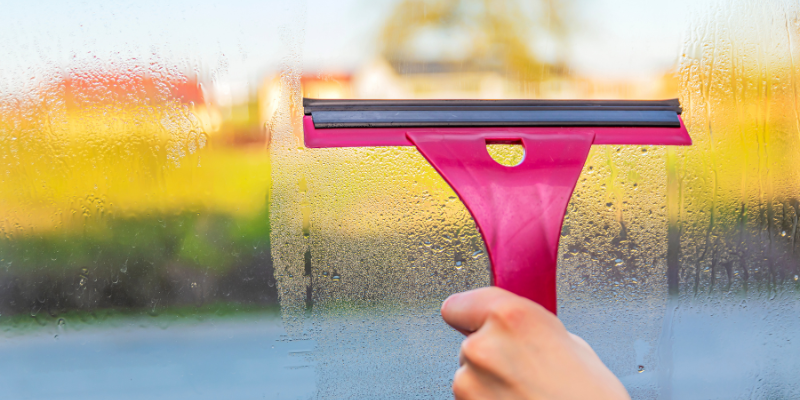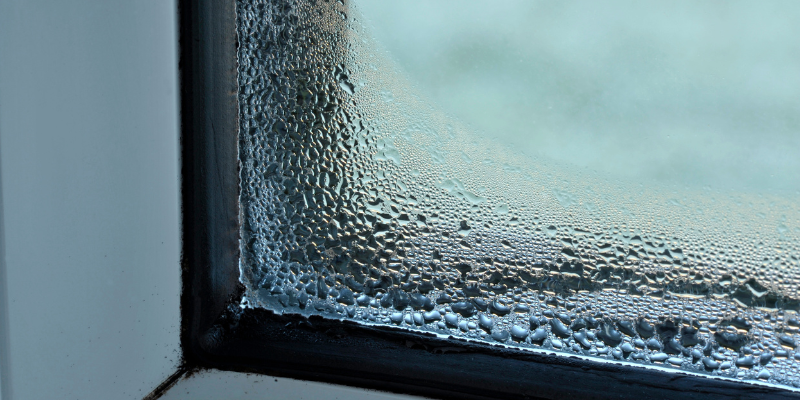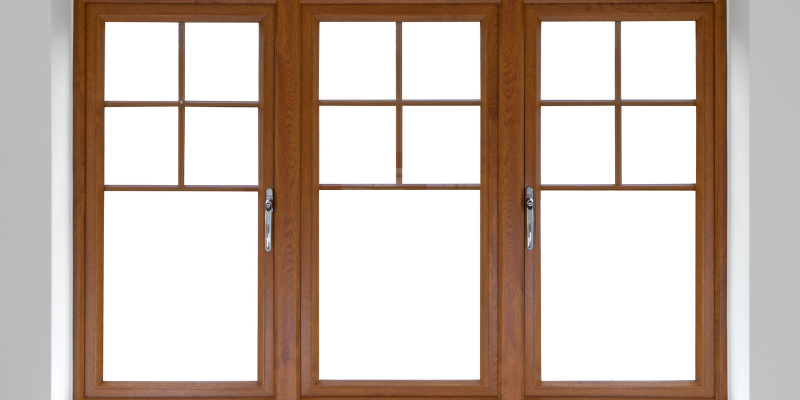Window Replacement Franklin TN : Prevent Window Condensation
Window Replacement Franklin TN: Window Condensation Prevention Tips
Fogginess caused by condensation can make your windows appear old and dirty.
Your windows are what connects your home to the outdoors. Everyone wants a lovely look and feel to their windows.
Here in this article we are going to address exactly what
condensation of your windows is and what causes it. This information may help you to determine if it's time to consider a
new home window replacement.

Window Replacement Franklin TN : What Exactly is Window Condensation?
Condensation occurs when water droplets form on a cold surface due to the presence of humid air in close proximity.
Windows are often susceptible to condensation because their surfaces tend to be colder than the insulated walls.
To combat condensation on windows, it's crucial to pinpoint the specific location.
Is it occurring on the interior, exterior, or between the window panes?
Interior Window Condensation: What Causes It?
Condensation on the inside of windows and doors develops when warm, humid air encounters cooler glass surfaces.
This is particularly common during the winter when the outside air is cold and dry, while the indoor air remains warm and humid.
Even without the use of a humidifier, everyday activities such as bathing, cooking, and even breathing contribute to the overall humidity inside your home.
Replacing drafty windows and doors or improving your home's insulation through roof or siding upgrades may reduce air infiltration, resulting in a tighter seal.
While this is beneficial for energy efficiency, it can also trap more humidity indoors, leading to more frequent condensation on cold surfaces.
Persistent indoor window condensation can potentially foster the growth of mold or mildew in damp environments, especially on organic materials like wood.
Therefore, consider
window condensation as an early warning sign to regulate indoor
humidity before more significant issues arise.

Window Replacement Franklin TN: Effective Strategies for Reducing Winter Window Condensation Inside Your Home:
Interior window condensation is most prevalent during winter. As indoor air becomes drier or the glass surface warms up, condensation begins to dissipate.
Here are some straightforward methods to help lower humidity levels in your home:
1. Utilize a Portable Dehumidifier or Install a Whole-Home Dehumidifier: Decrease indoor moisture by using a dehumidifier, which extracts water from the air. Dehumidifiers are often employed to eliminate musty odors and prevent mold and mildew growth. They can also assist in reducing window condensation.
2. Activate Kitchen and Bathroom Exhaust Fans: Cooking and showering release moisture into the air. In tightly sealed homes, it can be challenging for moisture to escape easily. The same applies to bathroom fans—leave them running during and after showers to aid in humid air removal. Running exhaust fans for approximately 20 minutes after cooking or showering is recommended.
3. Keep Interior Doors Open and Promote Air Circulation: Enhance air circulation within your home by leaving interior doors open. This prevents humidity from accumulating in one area. Additionally, utilize ceiling fans, even in winter, to circulate air and push warm air downward from the ceiling. If weather permits, open windows to release trapped moisture.

Exterior Window Condensation: What Causes It?
Exterior condensation is typically observed during summer months when outdoor humidity levels are higher.
It forms similarly to interior condensation when glass temperatures drop and encounter warm, humid outdoor air.
Condensation on the outside of windows is more likely to occur early in the morning after a cool night, as the glass warms up in the sunlight, causing the dew to evaporate.
1. Tips for Reducing Exterior Window Condensation: Exterior window condensation is generally not a cause for concern and indicates efficient insulation. However, you can expedite the dissipation of condensation by following these tips:
2. Trim Vegetation Near Windows and Doors: Trimming shrubbery near windows and doors promotes air circulation, allowing sunlight to warm up the windows and facilitate faster evaporation of condensation.
3. Adjust the Air Conditioner Temperature: Raising the temperature setting on your air conditioner can help maintain warmer window glass surfaces. Think of it like a cold glass of lemonade on a hot summer day—the glass surface gets wet when warm air meets the cooler surface. Elevating the glass temperature will help prevent condensation.
Condensation Between Window Panes: What Causes It?
The primary reason for condensation between window panes is a seal failure, allowing moisture to infiltrate between the glass layers.
If you notice condensation between the glass of your window, it's likely time to consider window replacement.
The Window Replacement Professionals!
Call The Window Guyz Today!
Whatever your thoughts, plans, and dreams are about your home's windows — including updating to black vinyl windows — the professionals at The Window Guyz will be happy to discuss your options.
We serve
Hendersonville, Franklin, Nashville, Brentwood, Bellevue, Lebanon, Mount Juliet, Hermitage, Murfreesboro and many more areas.
Call today for more information.
More Blog Posts
BOOK A SERVICE TODAY




